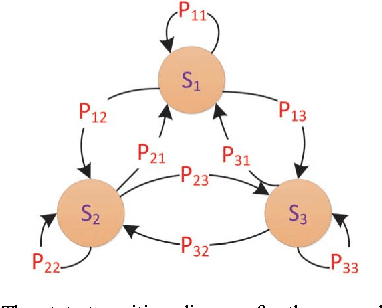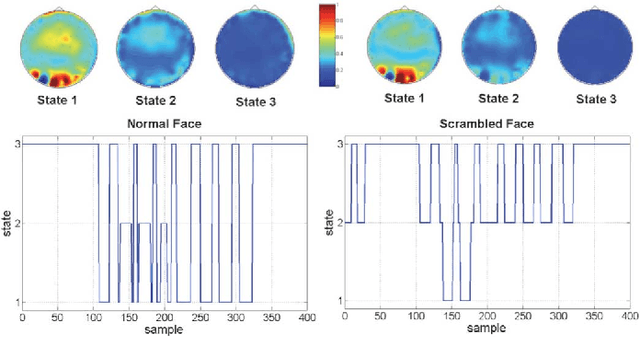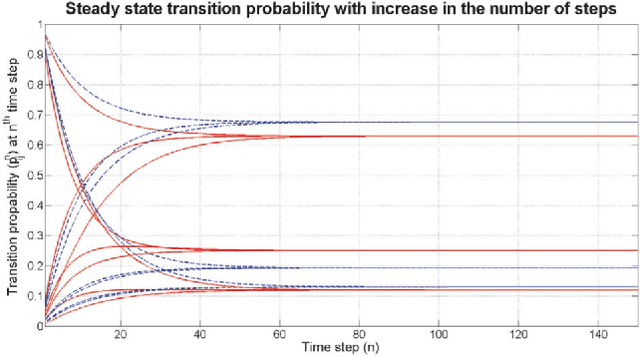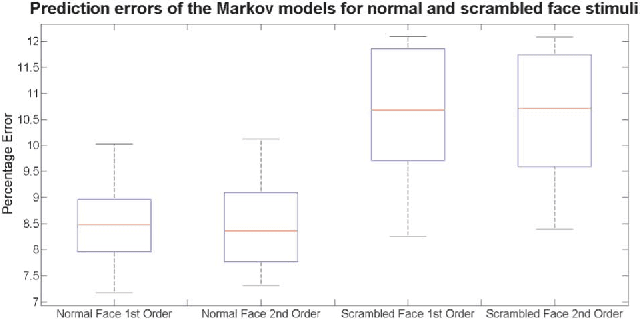Prediction of Synchrostate Transitions in EEG Signals Using Markov Chain Models
Paper and Code
Oct 20, 2014



This paper proposes a stochastic model using the concept of Markov chains for the inter-state transitions of the millisecond order quasi-stable phase synchronized patterns or synchrostates, found in multi-channel Electroencephalogram (EEG) signals. First and second order transition probability matrices are estimated for Markov chain modelling from 100 trials of 128-channel EEG signals during two different face perception tasks. Prediction accuracies with such finite Markov chain models for synchrostate transition are also compared, under a data-partitioning based cross-validation scheme.
* Signal Processing Letters, IEEE, Volume 22, Issue 2, Pages 149 -
152, Feb. 2015 * 5 pages, 5 figures
 Add to Chrome
Add to Chrome Add to Firefox
Add to Firefox Add to Edge
Add to Edge